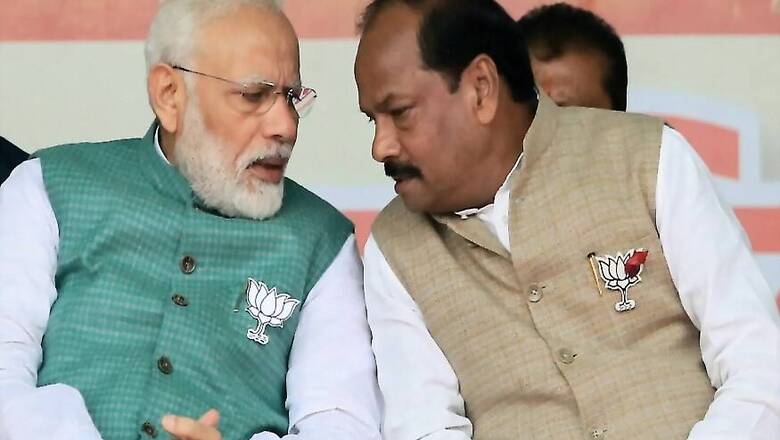
views
Comprising around 8.6 per cent of the total population, tribals constitute a sizeable number in India. They are not a homogeneous group socially or politically, and are divided in various groups, subgroups clan and kula. Scattered in different parts of the country right from Dang to Tripura, they have slowly evolved their political structure in a few zones of their habitations, but the same cannot be said about the political leaders.
Their political communities are scattered in various parties and have hardly yet succeeded in developing their own autonomous tribal politics. The missionary groups, Gandhian, leftist and Sangh Parivar, are working with them through various sewa projects. Some of these groups also work as catalysts to evolve political communities among various tribal groups.
Andhra Pradesh, Maharashtra, Jharkhand and northeastern states’ tribal populations have succeeded in transforming vibrant political communities, and in some states have come up with their own politics based on their tribal identity. Using its various sewa projects such as education, health and cultural reorientation programmes, the Sangh Parivar has cultivated ground which produces BJP support among the tribals in various states.
This was evident in the elections held in states like Gujarat, Maharashtra, Odisha, Tripura and in a few northeastern states. A sizeable number of tribal population in these states voted for the BJP and helped the party become successful and emerge as a strong political force.
However, the outcome of recently held Jharkhand assembly elections suggests that the BJP is losing its grip on the tribal support base. In Maharashtra and Chhattisgarh, too, the party could not succeed in keeping its tribal base intact. It lost its many key assembly seats in Chhattisgarh and Jharkhand.
The main reason for this change of fortune is that the BJP made non-tribal leaders the face of its electoral campaigns. Secondly, in states like Jharkhand, a few initiatives by Raghubar Das-led government created suspicions and doubts among the tribal community.
The manner in which the Raghubar Das government dealt with Pathalgadi rebellion, started by tribals to save their ‘Jal, Jangal, Jamin’, created a fear among people. The state government also imposed sedition act in a few regions influenced by the movement and it painted the BJP in an anti-tribal light.
The BJP government in Jharkhand also tried to change the Santhal Pargana and Chotanagpur Tenancy Act, which used to protect the rights of tribal communities on their own land resources. The party also gave leadership to non-tribal leaders like Raghubar Das in tribal-dominated regions. It created distrust among locals about the Raghubar Das-led government.
What we have observed in a few tribal zones that the saffron party lost its political grip on a section of tribal communities and this impact got reflected during the elections. While the RSS tried hard to keep the tribal population cohesive towards the BJP-style of politics, a distrust was produced among the tribals after the government’s failure of handling of sensitive issues like the protection of identities and indigenous community rights.
This feeling of distrust was milked by the Opposition during the election campaign. The fear, suspicions and distrust, coupled with local developmental issues such as unemployment and migration of local youths to other parts of the country worked well in the favour of the Opposition.
The party now needs to contemplate on how to recreate trust and remove suspicions among the tribal communities and orient the political mood in the favour of BJP-led electoral politics. The party needs to focus on RSS initiatives, which are mostly social projects, and transform them into more significant projects that play a part in their politics, not only in Jharkhand but in other states like Chhattisgarh, Madhya Pradesh and Maharashtra.
(The author is professor and director of GB Pant Social Science Institute, Prayagraj. Views are personal)




















Comments
0 comment